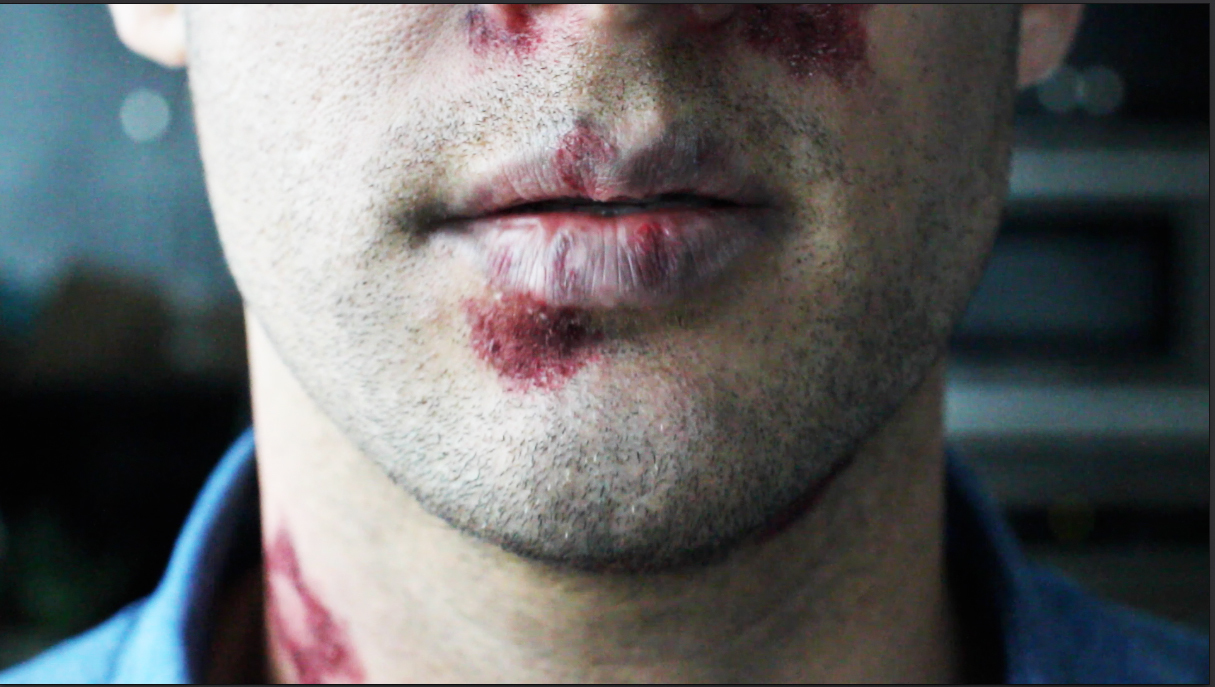The symptoms of HIV infection include the following: fever and nights sweats, swollen glands, diarrhoea, aching muscles and tiredness.
While it’s impossible to look at someone and know whether they have HIV, the majority of people will have some symptoms about three weeks after they become infected with the virus.
This is called “seroconversion illness” (or primary or acute HIV infection) and coincides with the production of antibodies to the virus. Antibodies are molecules that recognise and attach to organisms invading the body with the aim of destroying them.
HIV antibodies become detectable in the blood during seroconversion, and standard HIV tests (rapid test or ELISA) are used to determine whether they are present. The period after infection, but before the production of antibodies, is called the window period. During this time, an HIV test may be negative.
During the seroconversion illness, symptoms usually last 1–2 weeks and may include the following:
Fever and night sweat
Aching muscles and tiredness
Sore throat
Swollen glands
Diarrhoea
Skin rash and ulceration of the inside surface of the mouth and genital
Headache, sore eyes and sensitivity to light
After experiencing these initial symptoms, most people don’t have any other symptoms for many years. This is why HIV/Aids is often called the “silent epidemic” and why getting tested is so important. Only a blood or fluid sample can reveal the presence of the virus.
When symptoms associated with the advance of HIV to AIDS occur, they appear roughly in the following order:
Unexplained weight loss (more than 10% of body weight)
Swelling of glands in the neck, armpit or groin
Easy bruising
Recurring and unusual skin rashes (often itchy)
A thick, white coating of the tongue or mouth (oral thrush) or vagina (vaginal thrush), which is severe and recurs
Ongoing vaginal discharge and pain in the lower abdomen
Sinus fullness and drainage
Recurrent herpes
Shingles
Persistent sore throat
Recurring fevers lasting more than 10 days without an obvious cause
Night sweats or chills
Persistent cough and/or shortness of breath
Persistent severe diarrhoea (longer than a month)
Changes in vision
Pain, loss of control and strength of muscles, paralysis
Discoloured or purplish growths on the skin or inside the mouth or nose
Difficulty concentrating, inability to perform mental tasks that have been done in the past, confusion, personality change
In children, the order of symptoms and the symptoms themselves differ slightly, and include:
Persistent oral thrush
Recurrent bacterial infections (e.g. ear infections)
Recurrent gastroenteritis
Swollen salivary glands (parotitis)
Swollen lymph nodes in the neck, armpits or groin
Enlargement of the liver and spleen
Failure to grow or reach developmental milestones at the right time (e.g. talking or walking)
HIV is regarded as a chronic disease because people living with HIV can live healthy and productive lives for many years before getting sick.
However, if you’re HIV-positive, you’ll need ongoing monitoring and regular clinic visits to determine the progression of the disease.
The length of time it takes for HIV to become AIDS varies from person to person and depends on your access to treatment, health status and health-related behaviours.
Source: health24

